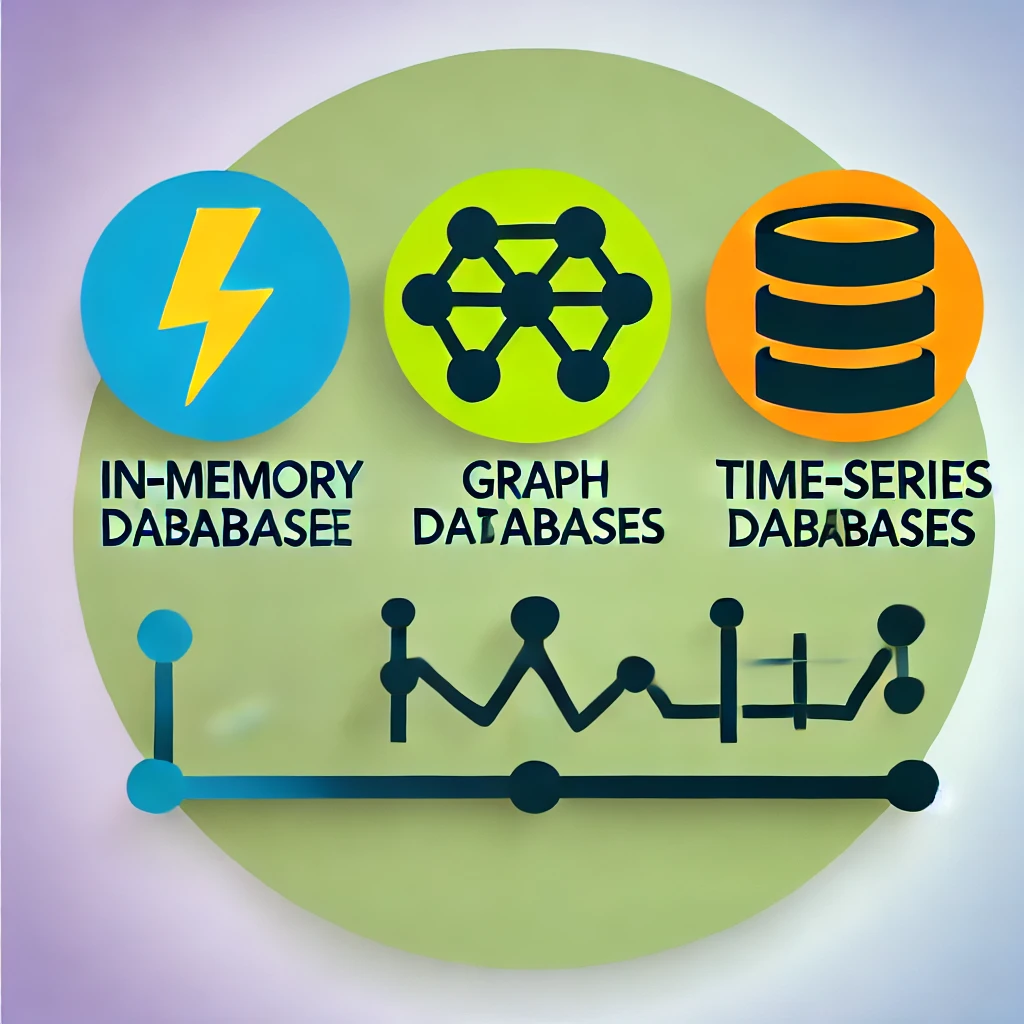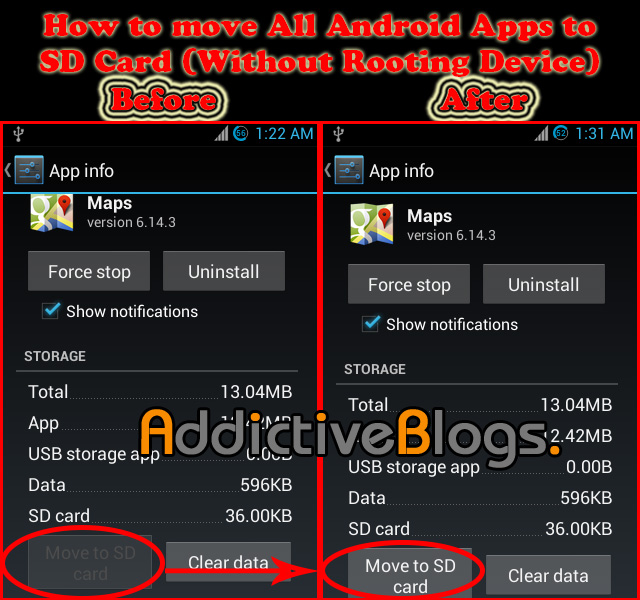The world of databases is not limited to just relational and NoSQL databases. As data needs have grown more complex and specific, specialized databases have emerged to address unique challenges. These databases are designed to optimize performance, scalability, and efficiency for specific use cases. In this article, we’ll explore three specialized databases: in-memory databases, graph databases, and time-series databases. Through case studies and examples, you’ll gain a clear understanding of when and why you should consider using these specialized databases.
Section 1: In-Memory Databases
What Are In-Memory Databases?
In-memory databases store data directly in the main memory (RAM) rather than on disk storage. This results in extremely fast data access and processing times, making them ideal for real-time applications where speed is critical. In-memory databases are particularly useful for applications that require low-latency access to large datasets, such as caching, session management, and real-time analytics.
Case Study: In-Memory Databases in Financial Trading
In the high-stakes world of financial trading, milliseconds can mean the difference between profit and loss. Financial institutions like Goldman Sachs and New York Stock Exchange (NYSE) rely on in-memory databases to execute trades in real-time. For instance, MemSQL, an in-memory database, is used by financial firms to process thousands of transactions per second. By keeping the data in memory, these institutions can analyze market trends and execute trades faster than with traditional disk-based databases.
Key Features of In-Memory Databases
- High Performance: Data is accessed and processed at the speed of RAM, significantly faster than disk-based storage.
- Low Latency: Ideal for applications that require immediate data retrieval and processing.
- Scalability: Many in-memory databases can scale horizontally by distributing data across multiple servers.
When to Use In-Memory Databases
In-memory databases are best suited for applications where performance is critical, such as:
- Real-Time Analytics: Analyzing large datasets in real-time, such as in stock trading or fraud detection.
- Caching: Storing frequently accessed data to reduce latency and improve application performance.
- Session Management: Managing user sessions in web applications, where quick access to session data is essential.
Popular In-Memory Databases
- Redis: An open-source, in-memory key-value store used for caching, real-time analytics, and session management.
- Memcached: A distributed memory object caching system commonly used to speed up dynamic web applications.
- SAP HANA: An in-memory, column-oriented, relational database management system used in enterprise applications.
Section 2: Graph Databases
What Are Graph Databases?
Graph databases store data in the form of nodes (entities) and edges (relationships), making them ideal for applications that involve complex relationships and connections. Unlike relational databases, where relationships are defined through foreign keys, graph databases explicitly store relationships, allowing for more efficient querying of connected data.
Case Study: Graph Databases in Social Networking
Social media platforms like LinkedIn and Facebook use graph databases to model and query complex relationships between users, content, and interactions. For example, Neo4j, a leading graph database, powers LinkedIn’s People You May Know feature by analyzing the connections between users, their contacts, and shared interests. By using a graph database, LinkedIn can quickly and efficiently suggest relevant connections to its users.
Key Features of Graph Databases
- Efficient Relationship Queries: Designed to handle queries involving complex relationships and connections.
- Flexibility: Easily model and adapt to changing data relationships without the need for a rigid schema.
- High Performance: Optimized for traversing and querying connected data, making it faster than relational databases for certain use cases.
When to Use Graph Databases
Graph databases are ideal for applications that require efficient management and querying of complex relationships, such as:
- Social Networks: Modeling and analyzing relationships between users, content, and interactions.
- Recommendation Engines: Suggesting products, content, or connections based on user behavior and relationships.
- Fraud Detection: Identifying suspicious patterns and connections in financial transactions.
Popular Graph Databases
- Neo4j: A widely-used graph database that is optimized for handling complex relationships and queries.
- Amazon Neptune: A fully-managed graph database service that supports both property graphs and RDF (Resource Description Framework) models.
- ArangoDB: A multi-model database that includes graph capabilities, allowing for flexible and efficient data modeling.
Section 3: Time-Series Databases
What Are Time-Series Databases?
Time-series databases are optimized for storing and querying time-stamped or time-series data. This type of data is collected over time and is often used in applications such as monitoring, IoT (Internet of Things), and financial data analysis. Time-series databases are designed to handle large volumes of time-stamped data, enabling efficient storage, retrieval, and analysis.
Case Study: Time-Series Databases in IoT Monitoring
IoT platforms that monitor industrial equipment, such as GE’s Predix platform, rely on time-series databases to store and analyze data from thousands of sensors in real-time. For example, InfluxDB is used to store time-series data from sensors that track temperature, pressure, and vibration in manufacturing plants. By using a time-series database, Predix can efficiently query historical data to detect trends, anomalies, and predict maintenance needs.
Key Features of Time-Series Databases
- Optimized for Time-Series Data: Designed to efficiently store and query large volumes of time-stamped data.
- High Write Throughput: Capable of handling high-frequency data ingestion, making it ideal for real-time applications.
- Built-In Data Retention Policies: Allows for automatic data archiving and deletion based on time intervals.
When to Use Time-Series Databases
Time-series databases are best suited for applications that involve monitoring and analyzing time-stamped data, such as:
- IoT Monitoring: Collecting and analyzing data from sensors in real-time to monitor equipment and predict maintenance.
- Financial Data Analysis: Tracking and analyzing financial market data over time to identify trends and inform trading strategies.
- Application Performance Monitoring (APM): Monitoring the performance and health of applications and infrastructure over time.
Popular Time-Series Databases
- InfluxDB: A popular open-source time-series database used for monitoring, IoT, and real-time analytics.
- TimescaleDB: A time-series database built on PostgreSQL, offering the flexibility of a relational database with time-series capabilities.
- Prometheus: An open-source monitoring system and time-series database used for application performance monitoring.
Section 4: Choosing the Right Specialized Database
Choosing the right specialized database depends on the specific needs of your application. Here are some considerations to help you decide:
- Performance Requirements: If your application demands real-time performance and low latency, an in-memory database like Redis or Memcached might be the best choice.
- Complex Relationships: For applications that involve complex relationships, such as social networks or recommendation engines, a graph database like Neo4j is ideal.
- Time-Stamped Data: If your application involves monitoring or analyzing time-stamped data, a time-series database like InfluxDB or TimescaleDB will offer the best performance and efficiency.
In some cases, you may need to use multiple specialized databases to address different aspects of your application. For example, an IoT platform might use a time-series database to store sensor data and a graph database to model and analyze relationships between devices.
Conclusion
Specialized databases offer powerful solutions for specific use cases, providing optimized performance, scalability, and efficiency. In-memory databases excel in real-time applications where speed is critical, graph databases are ideal for managing complex relationships, and time-series databases are perfect for handling time-stamped data. By understanding the unique strengths and use cases of each type of specialized database, you can make informed decisions that enhance the performance and scalability of your applications.
Whether you’re building a high-frequency trading platform, a social networking site, or an IoT monitoring system, choosing the right specialized database is key to achieving your application’s goals. As data needs continue to evolve, specialized databases will play an increasingly important role in delivering the performance and flexibility required by modern applications.









